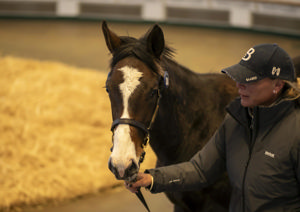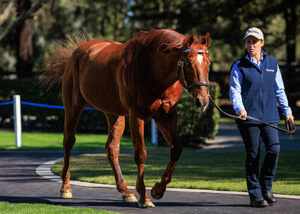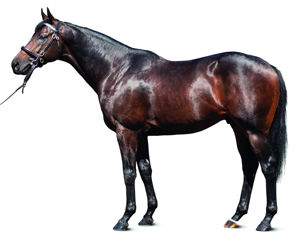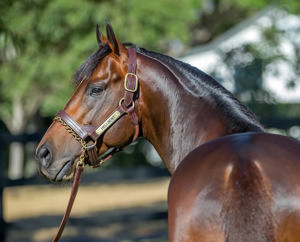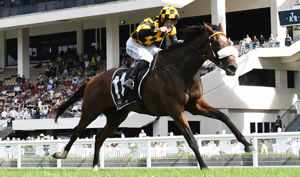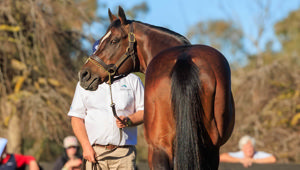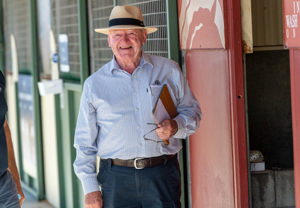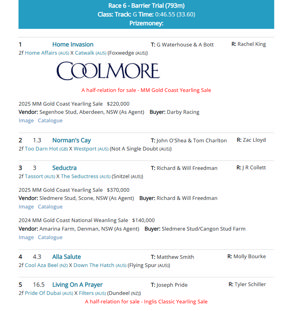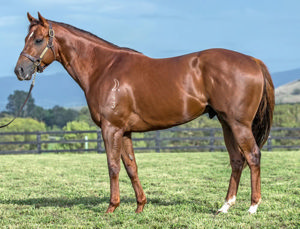The business of horse breeding and/or racing is inherently high risk, unforgiving and not surprisingly when it goes wrong, it can go very wrong.
Over the years this has led to many companies incurring significant tax losses when running a commercial horse activity, losses that, due to strict company loss rules, could only be used (in limited circumstances mind you) by the original company owner(s).
In a positive and welcome development, the attraction of these loss companies has notably improved due to a revision of company loss rules, flagged as long ago as 2016, finally becoming law on 1 March 2019. When used legitimately, these new rules offer a realistic financial benefit for both original loss company owners and new industry participants who buy the majority of a loss company and do future trading via this company.
The new rules I refer to are called the 'Similar Business Test' rules, these rules making it a little easier for new loss company owners to use these tax losses to limit the tax payable on their own horse activity. In the case of the original loss company owner(s), their loss company could potentially be that little bit more valuable.
This article will step through these new rules and how they can legitimately be used to your advantage.
Overview of company loss rules
The company loss rules are designed to enable companies to carry forward their tax losses and use them to reduce or eliminate tax in a future year, subject to satisfying certain rules designed to stop the 'trafficking' in these losses.
The foremost rule to pass is known as the ' Continuity of Ownership' test (COT). This rule is met where, generally, the same persons owned more than 50% of the company shares at all times from the start of the loss year to the end of the tax year in which the loss is to be deducted. This COT is failed, and company tax losses are lost, for instance, where the majority shareholder of the loss company sells its shares to a third party.
As noted above, this COT test is often failed, and valuable tax losses lost, when a substantial change in company ownership occurs. If this test is failed, the fall-back position is the 'Same Business Test' . Unfortunately, the same business test was (and continues to be), notoriously difficult to pass. This is primarily because its application often discourages new activities occurring after a change in majority ownership, despite the fact that such activities may assist in improving the viability and profitability of the company business.
Easier 'Similar Business Test' now law
Acknowledging how hard it is for a loss company to pass the strict 'Same Business Test', the 'Similar Business Test' was made law by the Government on 1 March 2019 and applies retrospectively to tax years starting on or after 1 July 2015 . The revised 'Similar Business Test' and the new opportunities it presents are discussed below.
To give some context to the benefits of the 'Similar Business Test', a discussion is needed as to what the original same business test comprises of. Generally, a company will meet the same business test if it able to show that, throughout the 'same business test period' the company carried on the same business as it did immediately before the claiming of the losses.
To demonstrate how hard it is to meet the same business test, a company that still carried on the same overall business will still fail the same business test if it derived income from:
·A business of a kind the company did not carry on before the claiming of the losses; or
·A transaction of a kind that it had not entered into in the course of its business operations before the claiming of the losses.
The new 'Similar Business Test' is comparable to the same business test but without the negatives such as the 'new business test' and 'new transaction test' noted above.
When does the 'similar business test' apply?
This new test applies in relation to tax losses incurred in a tax year starting on or after 1 July 2015 . Thus, if you buy the majority of a loss company and it has losses incurred pre-1 July 2015, the deductibility of those losses is assessed under the old same business test.
Passing the new 'Similar Business Test'
As with the same business test, the focus of the similar business test is on the identity of the business as well as the continuity of the business activities and the use of the assets to generate income. In this context, 'similar' does not mean similar 'kind' or 'type' of business.
There are four factors to determine whether a current business is 'similar' to its former business, being:
· Factor 1 – The extent to which the same assets are used to generate income.
These assets include physical assets, as well as intangible assets, such as goodwill, trade names and other intellectual property rights.
The ATO states that where the assets of the business are being used to the same extent to generate income, albeit that they may be producing a different result or effect due to innovative changes, this factor would indicate the business remains similar to that previously carried on.
· Factor 2 – The extent to which the activities and operations from which the company's current business generated income.
If a company carries on income-generating activities and operations that were previously being undertaken, but in a different or more efficient way due to innovative improvements, this would indicate that the business remains similar to that previously carried on.
· Factor 3 – The third factor is the identity of the company's current business and the identity of its former business.
Where new activities have not resulted in the identity of the business changing, then this factor would indicate the business remains relevantly similar to that previously carried on.
· Factor 4 – Development of the former business.
This factor looks at the extent to which any changes to the company's former business result from the development or commercialisation of assets, products, processes, services or marketing or organisational methods of the former business.
It follows from the above, that there must be something in the activities or operations of the former business that make the change a natural organic development of the former business.
Example – Applying the 'similar business test' to a mixed horse busines
ACME Horses Pty Ltd owns a breeding property and, from 1 July 2015 , has operated its breeding and racing business in WA.
ACME had previously carried on a business of commercial breeding, related racing activities and agistment for external parties, though racing is limited to horses it had bred that were not sold for commercial reasons.
The majority shareholder sells his shares to an unrelated party due to recurring losses and the recent downturn in the commercial breeding market. Tax losses available at the time of this share sale are in excess of $500,000.
After the majority change in ownership, the new shareholder fails the COT test and thus can only claim the tax losses available from 1 July 2015 if his activities meet the new 'similar business test'.
Since the ownership change the business model of ACME has changed whereas it now does less racing, breeds with higher quality stock, now acquires stallion shares and does sales preparation in addition to its agistment activities.
The company still trades under the name ACME horses Pty Ltd and uses the same property, employees and website.
The sales preparation income is insignificant compared to its breeding income, though new plant was acquired to pursue this new activity.
Will ACME satisfy the new 'similar business test'?
In short, I would argue yes . In the circumstances, I believe ACME will pass the 'similar business test' because:
·Though the company acquired new plant and equipment for its new sales preparation activity, the income generated from this activity is insignificant compared to the income generated from breeding assets, such that there is very little change to which the company used its assets compared with currently ( Factor 1 );
·Similarly, the company continues to generate most of its income from its core activities and operations , i.e. breeding activities, thus there is very little change to the activities and operations that generate income ( Factor 2 );
·The acquisition of new plant and equipment for sales preparation and acquiring stallion shares is a result of the company evolving . The new service is very common to a horse property with this type of infrastructure and many commercial breeders expand their activities to acquire stallion shares to try and reduce stallion fees paid going forward ( Factor 4 );
·The strong brand name/goodwill of the company is a key asset and it still trades under this name and, furthermore, uses the same property, employees and website after majority change of company ownership ( Factor 1 ); and
·The new plant and equipment and stallion shares provide insignificant income compared to breeding stock sales and thus the overall identity of the ACME business remains sufficiently similar ( Factor 3 ).
Please don't hesitate to contact the writer if you wish for me to clarify or expand on any of the matters raised in this article.
PAUL CARRAZZO CPA
CARRAZZO CONSULTING CPAs
801 Glenferrie Road, Hawthorn, VIC, 3122
TEL: (03) 9982 1000
FAX: (03) 9329 8355
MOB:0417 549 347
E-mail: paul.carrazzo@carrazzo.com.au
Web: www.carrazzo.com.au

